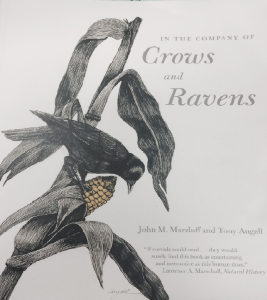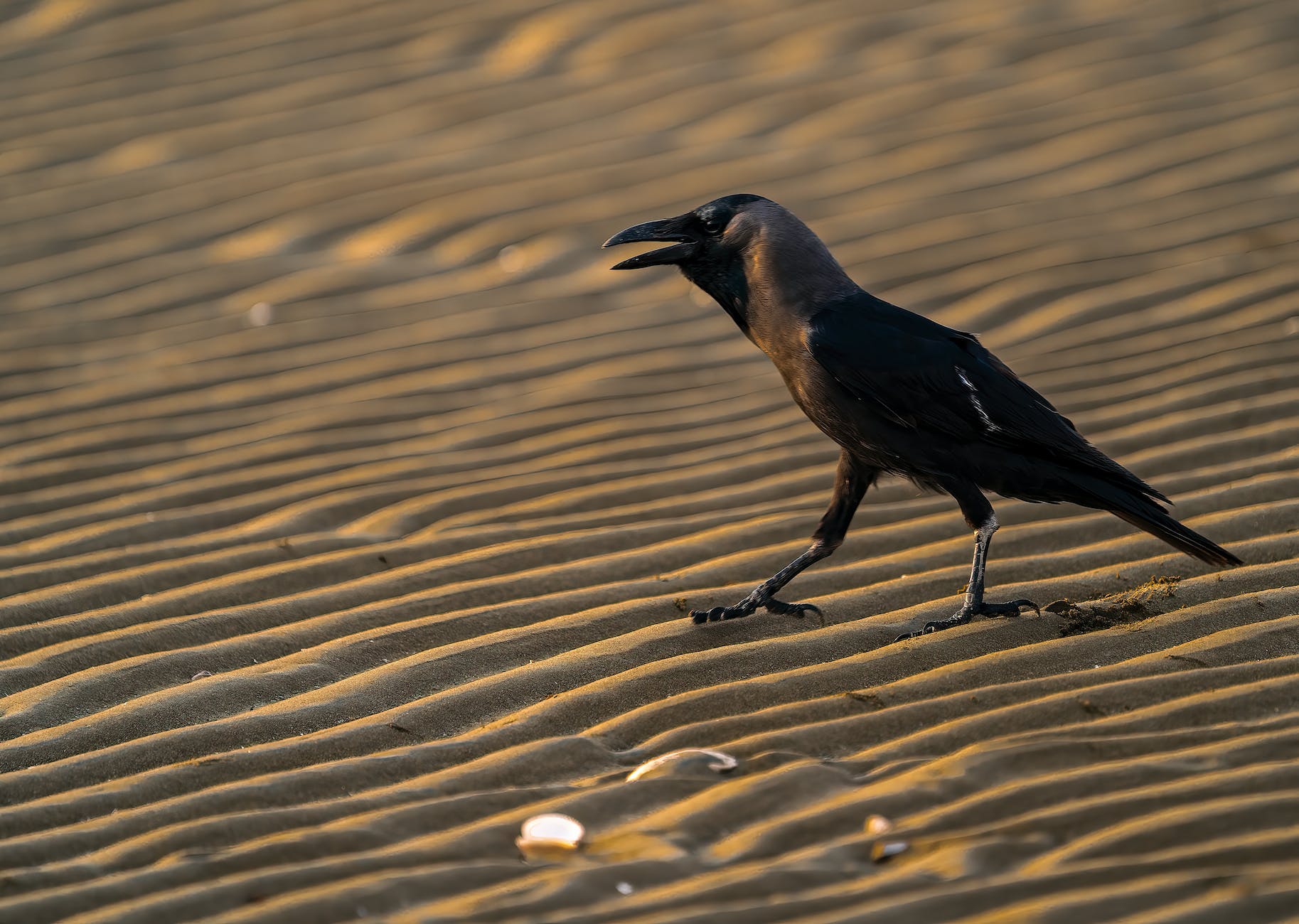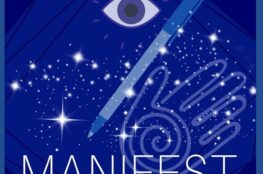The book I have read recently is ‘In the Company of Crows and Ravens’ written by John Marzluff, Tony Angell, Paul R. Ehrlich is quite interesting. As Laurence A. Marshall states that “If corvids could read … they would surely find this book as entertaining and instructive as this human does”. The book focuses on the influences of people on crows’ lives throughout history and how crows have transformed human lives considerably.

The book has excellent sketches and some great stories which are enlightening and fascinating. I found Mark Twain’s interesting description of the species in this book which is as follows-
“In the course of his evolutionary promotions, his sublime march toward ultimate perfection, he has been a gambler, a low comedian, a dissolute priest, a fussy woman, a blackguard, a scoffer, a liar, a thief, a spy, an informer, a trading politician, a swindler, a professional hypocrite, a patriot for cash, a reformer, a lecturer, a lawyer, a conspirator, a rebel, a royalist, a democrat, a practicer and propagator of irreverence, a meddler, an intruder, a busybody, an infidel and a wallower in sin for the mere love of it. The strange result, the incredible result, of this patient accumulation of all damnable traits is, he does not know what sorrow is, he does not know what remorse is, his life is one long thundering ecstasy of happiness, and he will go to his death untroubled, knowing that he will soon turn up again as an author or something, and be even more intolerably capable and comfortable than ever he was before.” (Mark Twain contemplates his nemesis, the Indian House Crow).

Truly, that sums up a description of a crow. There are many species of crows, each with their own distinctive sizes, shapes, behaviours and voices. In the broader sense, the ‘crows’ comprises of crows, ravens, jackdaws and rooks.
Cultural coevolution John Marzluff and Tony Angell have stated that cultural coevolution with crows is unique. They have evolved in response to many aspects of the natural world. Crows learn from us what is useful to them. Crows affect human culture more than many of the other wild species like pigeons, starlings, squirrels, etc. because crows and people share fundamental biological and social properties. Human culture and crow appear to evolve together in mutual understanding, for example, a crow tiptoeing outside my window. When birds exert this influence on each other in this manner then it is termed as coevolution. Crows are clever problem solvers with their complex social lives, culture and communication. Their influences on the humans are far stronger than one can imagine.
Another interesting aspect that I came across in this book is in chapter 5 –The social customs and cultures of crows. It mentions about how crows play. “Crows and ravens often soar on windy days for hours on end in apparent play. They get lift from wind’s energy and ascend to perform loops, rolls and dives.” The authors have also seen how crows have increasingly been interacting with people. They play with toys, steal and roll baseballs, tennis balls and golf balls. According to the authors, ball play is considered to be a cultural transmission across species.
Reaping what we sow: Even a child is impressed at the way a crow learns exactly what to eat in a human-dominated world. As I have stated in my earlier blog post “Birds, my friends”, the authors have stated here –“ It may take patience and vigilance, not to mention brains and a cast-iron stomach, to scavenge effectively from people. If crows and ravens have taught us anything, it is to be patient. They will wait for hours or even days before eating new foods or using new feeding locations. This patience likely keeps them out of many deadly situations. When they finally decide to eat, one gets the impression that they are always ready to spring away from unseen danger.”
I love reading non-fiction books and this one is really fascinating.
You may like to read
Birds, my friends! – Best Places Of Interest













May 24, 2015
Thank you for the review. I like non-fiction books too. 🙂
July 18, 2015
Seems like a fascinating book. Thanks for drawing my attention to it.
July 18, 2015
Thank you for stopping by. 🙂
July 18, 2015
That’s an unusual topic for a book, highlighting the touch-points of influence between humans and crows. Sounds interesting.
July 20, 2015
Yes, it is an unusual topic for a book. Glad to know you like the post. 🙂
July 19, 2015
Nice review …
5 looks with Same Dress
July 20, 2015
Thank you for stopping by 🙂